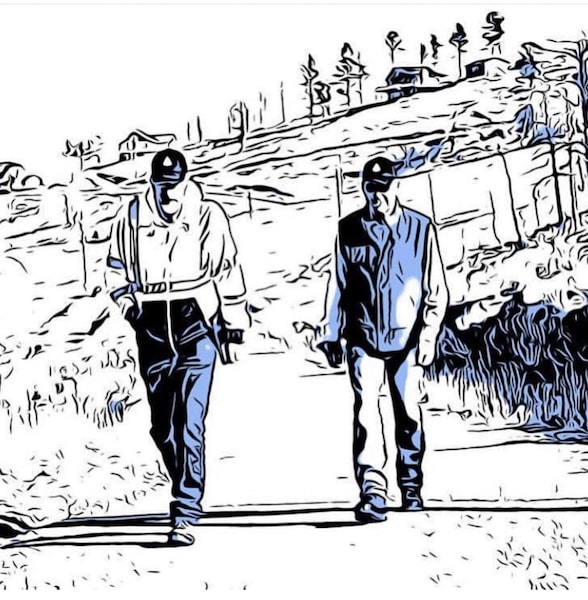
The recent trend to allow wildfires to burn across the West to improve forest health is hitting some fierce opposition. It has long been a matter of fire management doctrine that letting some fires burn will improve wildlife habitat, watershed conditions, reduce fuel buildup, and promote species diversity. Prescribed fires are designed with these elements in mind and many successful prescribed fires have improved conditions.
A more troubling and problematic development has been the advent of allowing wildfires to burn to meet various public land management needs. At issue is the practice of evacuating private landowners from the fire area and then lighting that private land on fire on purpose to try to control the main fire. These purposefully set, running head fires often burn every tree along with homes, outbuildings, infrastructure, fences, and anything else on the developed ground that can burn, and often with very little impact on the main fire.
The Tucker Act was meant to enable Article 5 of the US Constitution which holds that the government may not take private property without just compensation. Burning private ground without owner permission or consent is a taking of private property to meet public purposes. The government makes no provision for compensating individual property owners whose land is burned on purpose, leaving them little choice but to file tort claims or to sue the government for redress of grievances. These legal options are poor substitutes for consulting with partners and landowners in advance and working with people to find good solutions.
To make matters worse, most national forest do not have legally required documentation allowing them to let fires burn. There are no environmental impact statements, no environmental assessments, and no records of decision memorializing a public process that includes an opportunity for comment and objection. In a further twist, it is illegal to use wildfire suppression money appropriated by Congress to do anything other than suppress a fire – meaning anchor and flank perimeter control.
Because most landowners don’t know what hit them until they are combing through the ashes after the Forest Service burnouts, most don’t know how difficult recovery and rehabilitation will be. Rehabilitation of a site requires huge expenditures, lots of work, and many years. Working ranches no longer work. Dream homes in the woods become nightmares. Clean up, weed control, and flood mitigation following the fire can bleed a family dry for a decade.
The government allows affected homeowners to file tort claims to request compensation for the harm caused by these well-meaning decisions. The process can take several years, but the government does settle most claims and claimants need the money whenever it arrives. Most families who have been through these let-burn fires and the aftermath are more than willing to pursue claims. The same is not true for municipalities and counties or States who are also harmed when their land is damaged.
Not wanting to upset delicate relationships with Forest Service officials, State and local government officials often fail to seek compensation even though they ultimately must spend thousands of hours and millions of dollars over several years trying to mitigate downstream fire effects, especially post-fire flooding. This attitude is puzzling. The alternative is to saddle taxpayers and local constituents with paying the bills that the United States should pay. There is no downside to the tort claims process. It is a government creation to help right wrongs.
Damage from fires really starts after the fire is over. It is incumbent on landowners and local governments to seek compensation because they need the help, and because the government provides a way to provide the help they need.
Frank Carroll is the Managing Partner for PFMc Professional Forest Management





